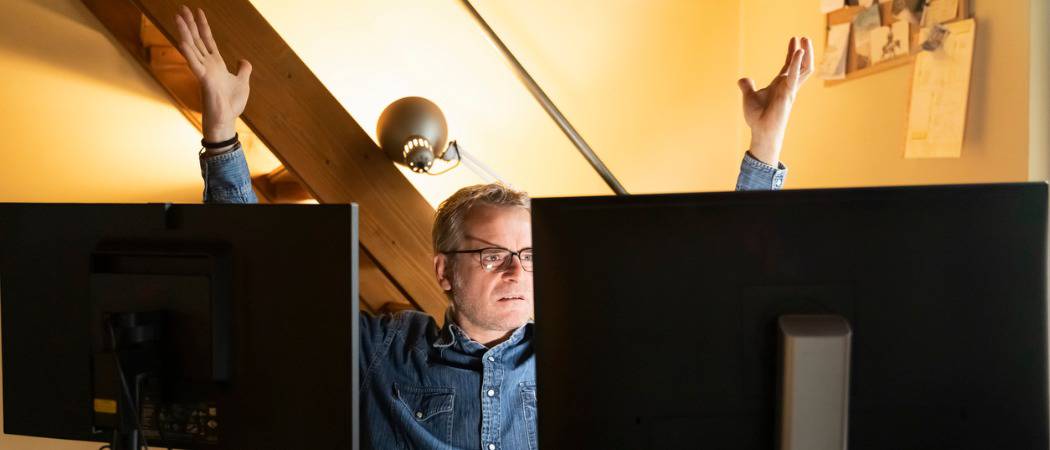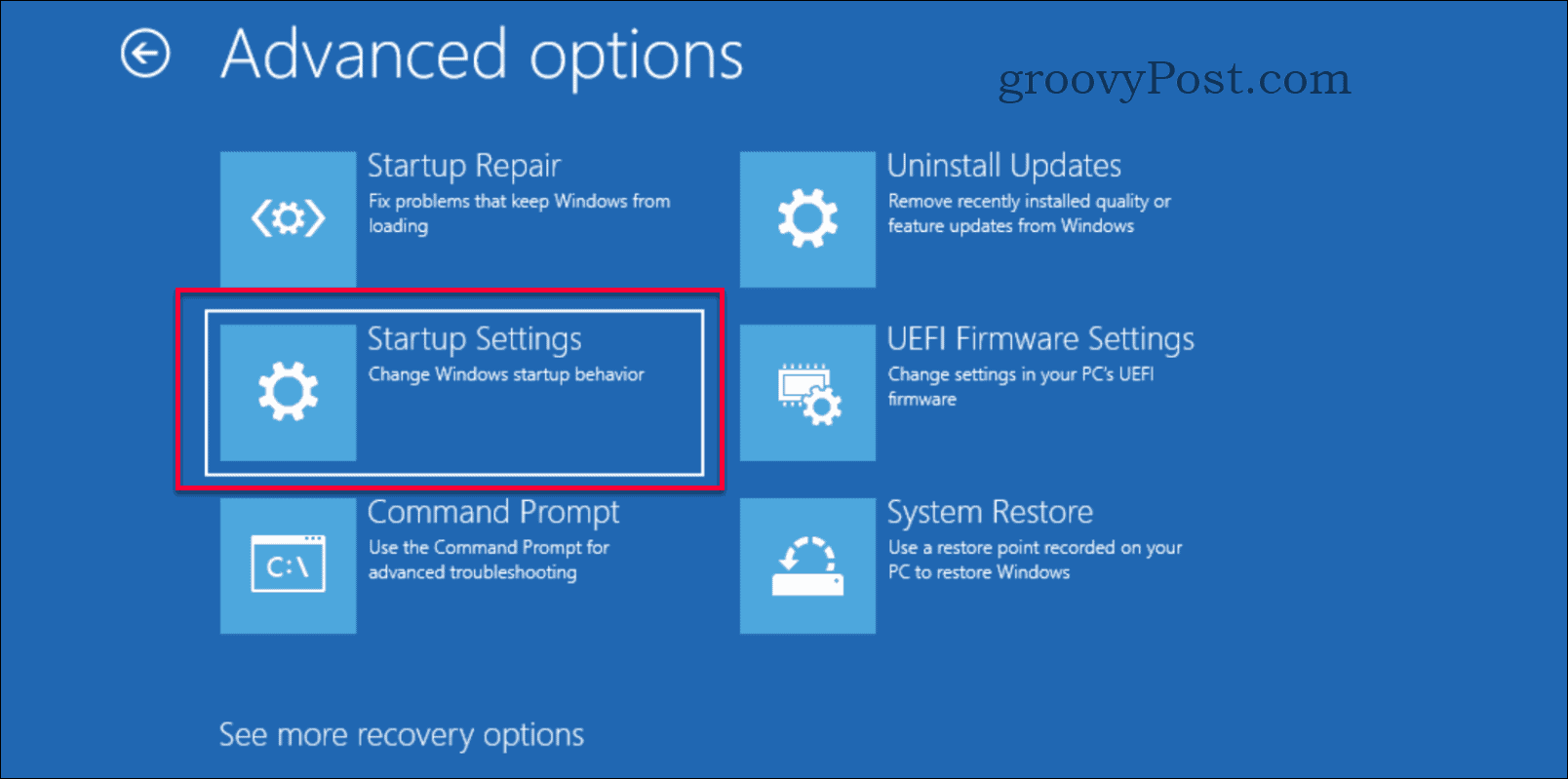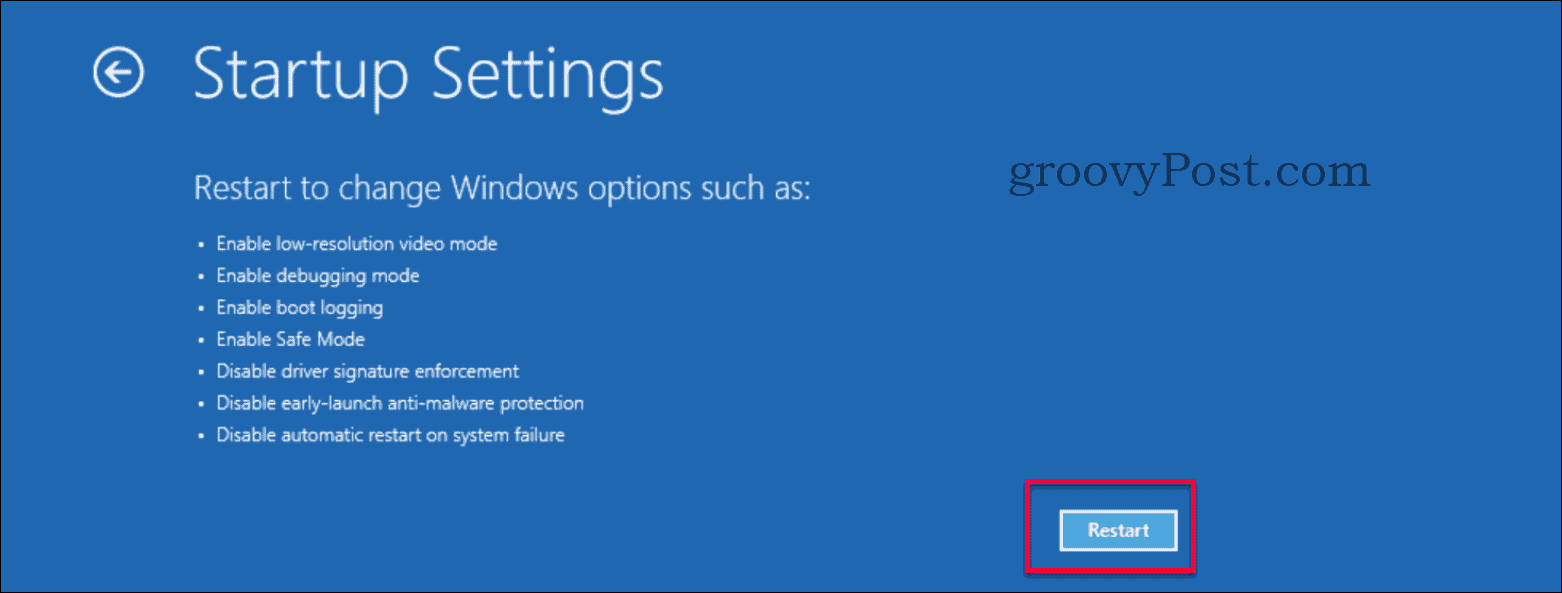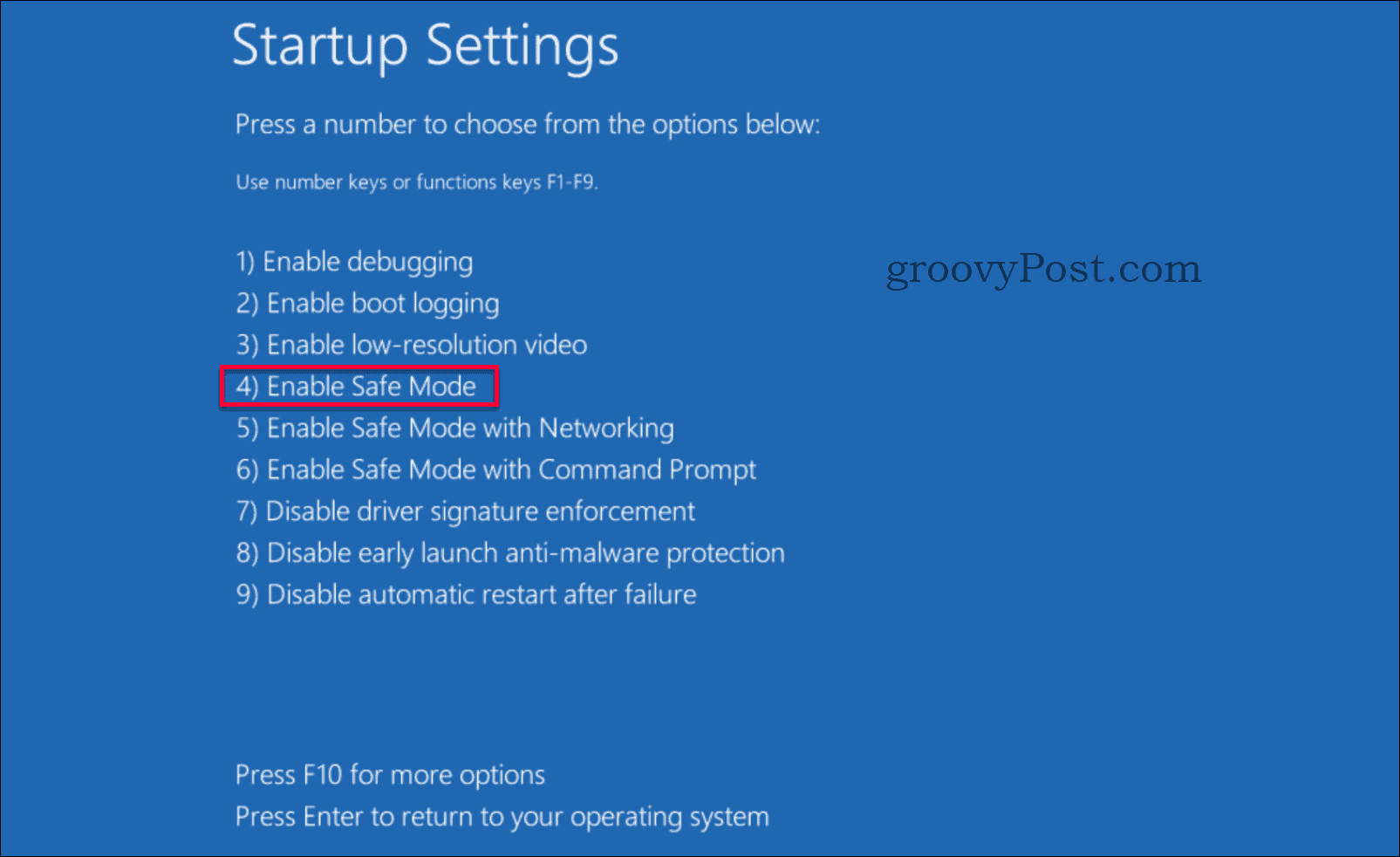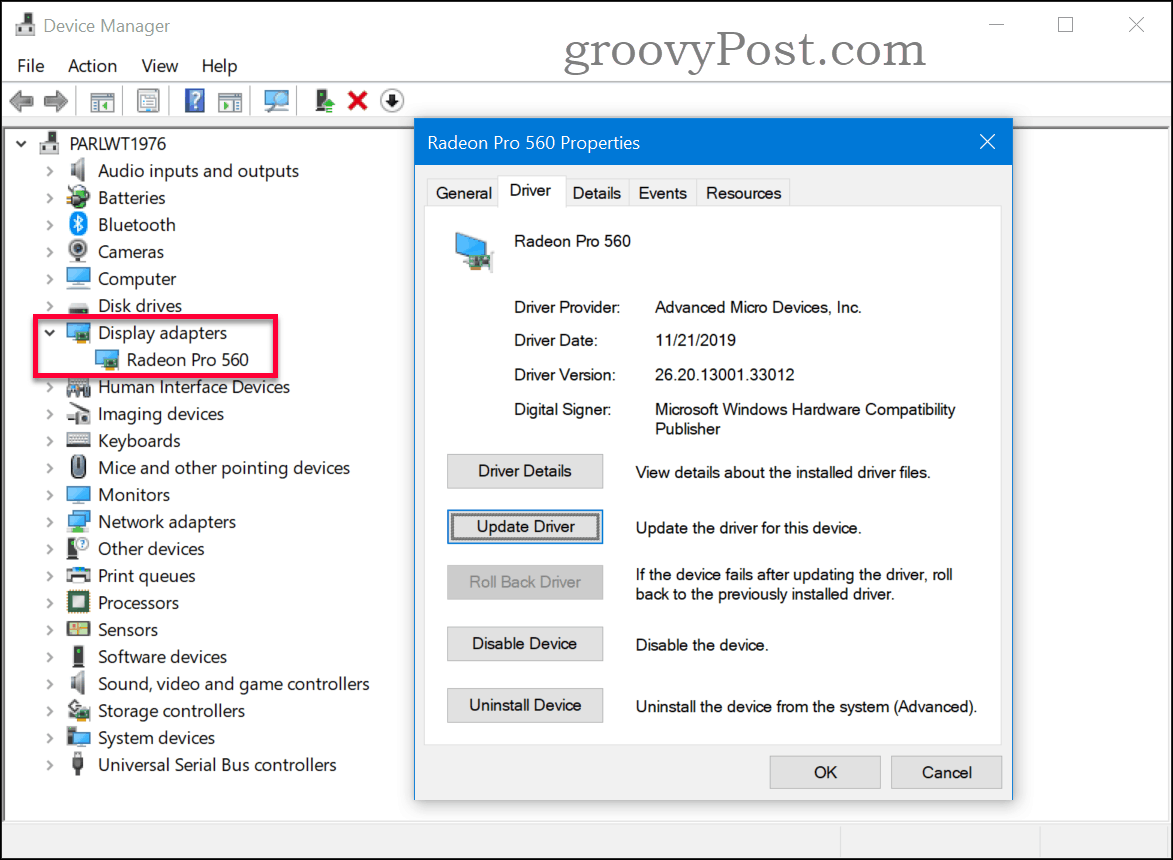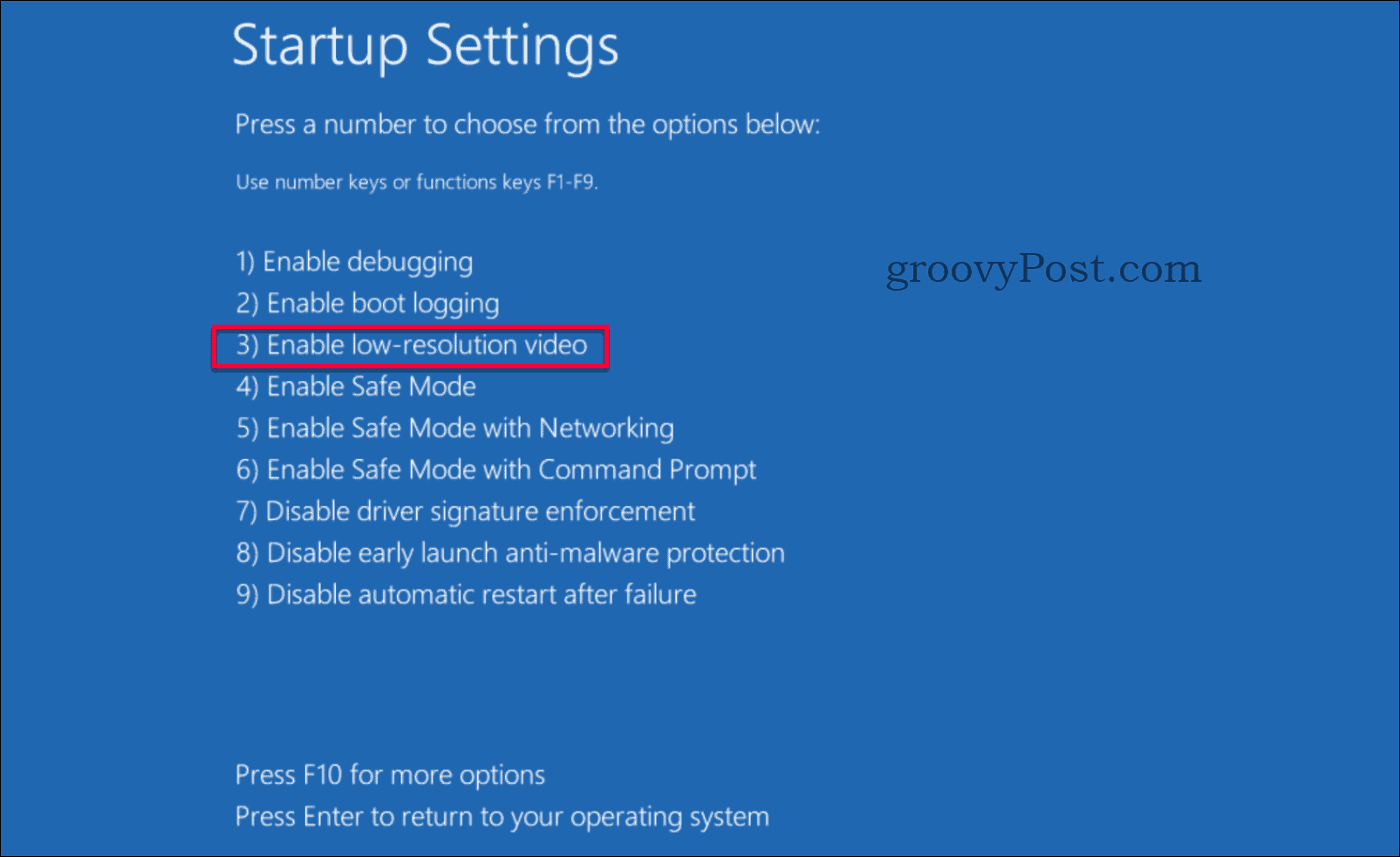Solution 1: Revert/change graphic driver in Safe Mode
In my experience, the cause of a black screen or other display problem is often related to corrupt or incorrect drivers. It can be a bit difficult to correct driver issues if the screen is black, however. One method to go around this is to start up in Recovery Mode and boot the PC using Safe Mode. From there, you can begin the repair. Let’s do this step by step:
Solution 2: Enable Low Resolution
Sometimes you can have the correct driver however your resolution is set to a none supported value which causes your monitor to show a black screen. What you need to do is change the display resolution to a lower, supported setting. This can be done by following these steps.
Solution 3: Startup Repair
If you’ve tried the two previous solutions and still no luck, we have another one for ya. As a last resort, we will try a Startup Repair. You can reach the Startup Repair feature using two different paths.
Option 1 – Perform actions 1 to 3 from Solution #1 to enter into System Recovery > Advanced Options then continue below with step six below.Option 2 – Create an install media (or if still using DVD boot on that) and then, continue on with step one below.
Are you still having issues?
If none of these solutions fixed your issue, it may be something more hardware related issues. Check out our other groovyPost which focuses on those types of problems relating to fixing black screen issues in Windows 10.
Conclusion
A black screen in Windows, if not a hardware problem, is most often related to the drivers or a misconfigured resolution setting. The fix is often fairly simple if you know where to go. As always, if you run into this issue and need more help, feel free to post your specific issue on our free Windows 10 discussion forum.
![]()
